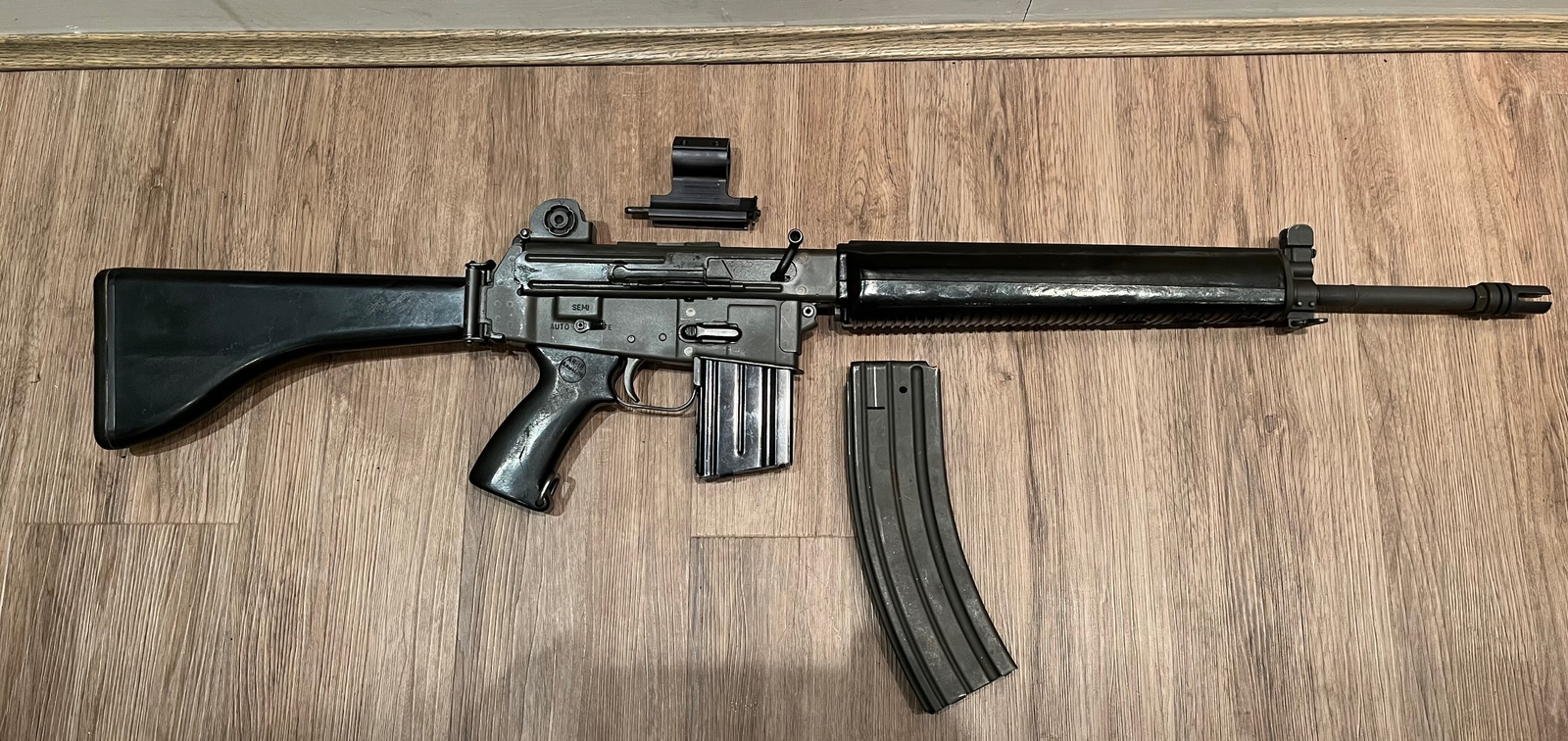
When it refers to rifles’ past, the history of some models is widely known, while others have shown their impacts on later things without making much of a fuss. The AR-18 is a typical example of the latter ones. In the end, this gun, with its civilian counterpart, the AR-180, affected the whole world of modern firearms more than any of their subsequent designs, and that influence is still going on today; thereby, they are said to have been co-founders of modern weapons.

After releasing the AR-10 and AR-15 projects to Colt, Armalite was left without a product to promote. The AR-15 was already on the way to being chosen as the M16 of the U.S. military, so Armalite was compelled to look for a new direction. The AR-18, a 5.56mm select-fire rifle that was conceived to be rugged, cheap, and easy to make even for countries without advanced factories, turns out to be that new beginning. The semi-auto AR-180 was also launched for the civilian market, introduced simultaneously with the AR-18.

The thing that characterized the AR-18 was not only its goal but also its very different design and construction. Contrary to the AR-15 that had aluminum forgings and direct impingement, the AR-18 was fabricated with stamped steel and used a short-stroke gas piston system. This configuration was more impervious to fouling and heat, which provided a higher advantage in severe conditions. The idea was a reaction to all the complaints about the M16 gas system; it was an offer of longevity and dependability in the areas most needed.

The production of the AR-18 is almost the same as the birthplace story of the rifle. Firstly, the guns were made in Costa Mesa, California; later, the process of production was moved abroad. Japan’s Howa took over for a short while until the exports were discontinued.

The majority of the production was moved to the United Kingdom with the Sterling Armaments Factory, which became the producer of both AR-18s and AR-180s. Every factory had its own peculiarities with the design, for example, according to their paint jobs or weld patterns, one can differentiate Sterling-produced rifles from American or Japanese ones.

The AR-18, even with all its features, was never adopted on a large scale by the military. The rifle saw a limited number of cases in combat, among them were the Troubles in Northern Ireland, where it was rumored that the IRA had gotten hold of them the most. The gun was also utilized by law enforcement; LAPD SWAT was known to have used AR-18s during the 1970s crisis with the Symbionese Liberation Army.

To the general public, the AR-180 was dependable and manageable. Still, it had certain flaws. The foldable stock used to have problems with the wear of the hinges, and the original magazines are quite scarce these days. At one point in time, Armalite made an effort to improve the AR-180 by releasing a redesigned version of it named AR-180B that had a polymer lower and was compatible with standard AR-15 magazines. While the modification was some enthusiasts’ favorite, they still felt it lacked some of the original’s rugged character.

The AR-18 will always play a primary role in firearm history through its successors. Many of its interior characteristics – such as the twin recoil springs, stamped construction, and short-stroke piston – have been duplicated and enhanced in the majority of the rifles that are today.

Design elements of the AR-18 are also present in the SIG MCX and a variety of other contemporary platforms that concentrate on reliability, modularity, and ease of maintenance. The perspective of the rifle-indestructible, simple, and easy to manufacture, has become a core value of modern-day combat rifles.

Moreover, the BRN-180 upper, which is compatible with a standard AR-15 lower, has been granted the privilege to carry the torch of the AR-18 spirit in recent years. It maintains the piston-driven system and dual recoil springs but further incorporates modern features like M-LOK rails, adjustable gas blocks, and caliber flexibility. Needless to say, the absence of the buffer tube has enabled the users to easily attach folding s, thereby making it one of the most functional contemporary homages to the original.

Currently, original AR-180s have become collectors’ items that are in great dem, a nd their impact is still visible everywhere. More than a mere lost rifle, the AR-18 was a silent forecaster of the future era of firearm design. Though it might not have been successful in securing the big contracts, it laid out a blueprint that is still being used for the design of 21st-century rifles.
